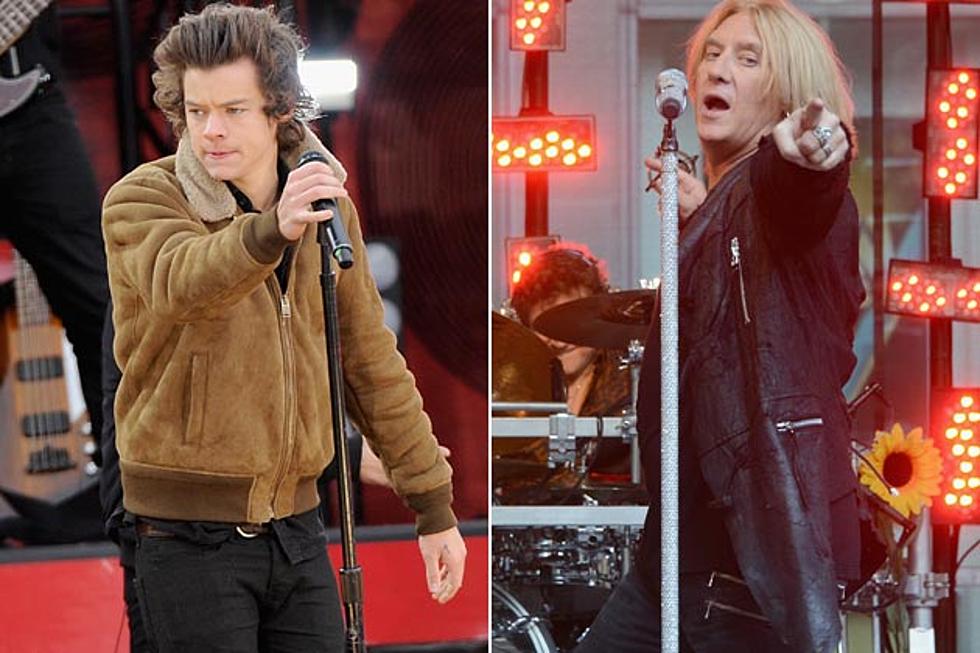Have you heard of the artist Anti-Goldsworthy? He is a first-rate artiste macabre working in the medium of flesh and grass. He strings lives together in daisy chains of death. He made a great wall out of bodies—all species and races. He makes installations in the backwoods, the lonely nooks and forlorn crannies. He plays the animals like musicals. He made a mouth in Nature.
Black Unstemmed Noteheads
The second song off our new album is a bright up-tempo tune with a whole-tone hook. Drag over the black stemmed noteheads.
“Black Unstemmed Noteheads” is a song about songs—a kind of metasong if you will, and I know you will. If this blog could write songs, it would sound like this. A kind of mission statement by the band, deriding pop music cliches, while at the same time, openly embracing them. Los Doggies likes to get their hands and their butts dirty. But don’t worry, this is not the hypersexually-charged portion of the album, but rather the collegiate refrains of a bunch of Berklee nerds, except not like those sexy cos-playing nerds—the other kin. This is probably the only song to ever sing the word “duodecuple”, but that ain’t something to be proud of. It is something to die for.
In true metasong fashion, “BUN” is all about itself. When Starship sings about “two-part guitars”, as if by incantation, they summon a harmonization of two guitars. When Jeff Buckley sings of “the minor fall and the major lift”, the chord progression underscores his lyrics by moving from the IV to the V. It’s a cheap gimmick, maybe, for it’s always uncomfortable when self-awareness takes hold of us, but what if there was an entire song, a lengthy anthemic song, that exposes all of its inner-workings while maintaining entertainment value. Such a song would be the equivalent of an enlightened man, or a wholly selfish man who can’t stop talking about his selfy self.
Hence, when “BUN” sings of major and minor keys, it is done so in major and minor keys, respectively. When the lyrics denote the high E-string of a guitar, the melody also sings the high E, and so too with the low B of the bass guitar.
Other bloggy references include:
The Major three of the Car horn
The Microwave beeps
Picardy Thirds
Codas
The phrase “black unstemmed noteheads” appears in different variations in the musical literature, sometimes as “unstemmed black noteheads”—how crude! I first came upon this phrase in Serial Composition and Atonality: An Introduction to the Music of Schoenberg by George Perle, back when I used to read books. What a beautiful turn of phrase!, I thought, and along with Stravinsky’s Conversations, helped to inspire this here blog that you are reading right now. So meta.
I could talk and write about the music, but you still wouldn’t hear it. So here, listen:
A 6-string guitar’s got a high E
A 5-string bass’s got a low B
A grand piano’s got 88 keys
And this song’s got 3-part harmonyThe car horn’s got the major three
The microwave’s got a low flat B
Come on everybody let’s sing in key
‘Cause that’s the way that it sounds good to me
And that’s the way that I like it to beBlack unstemmed noteheads
Ain’t this one of those 3-chord songs?
With the 4th and the 5th you can’t go wrong
So c’mon everybody let’s sing along
Just make sure it’s only 3 minutes long
‘Cause that’s for how long a song can go onUnless it’s got crazy changes
Up and down the major scale, yeah’le
Lots of tempos and guitar solos
Just make sure you use all 12 of those
Black unstemmed noteheadsGotta have crazy changes
Major major major scale, yeah’le!
Just be sure to use all 12 of those mystical
Black unstemmed noteheadsSo the 6-string guitar’s got a high E
The 7-string guitar has got a low B
The Matt Ross Bass has got a high C
And this song’s got a reverse picardyMinor minor minor scale, yeah
Now’s the time for D.S. al coda
The end of this song is upon ya
Just give me time for one last hoorah‘Cause you got to have crazy changes
Up and down the major scale, yeah’le
Lots of tempos and guitar solos
Just make sure you use all 12 of those
Mystical, masterful, duodecuple…
Spring Hill
Welcome to Spring Hill—the town that rings in Spring. For whom does the bell toll? For the frog the bell tolls! And the snakes that sing themselves to sleep.
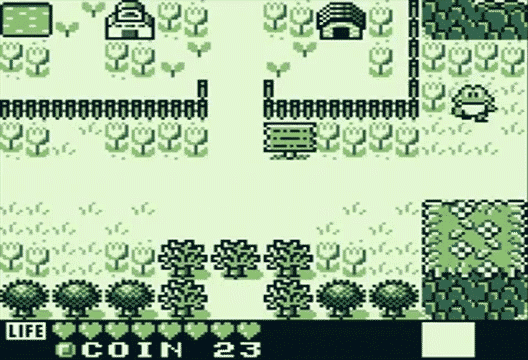
These days, where does one find inspiration and illumination? In the great arches and arcades of the past, or the mundane subspaces of today?
For the nostalgic weeaboos of Los Doggies, nothing short of a vintage 80s Gameboy game available only in Japan will suffice for the inspiration of a song.
The opening track of e’rebody, “Spring Hill”, features a pulsing cadence that divides itself like cells undergoing mitosis, a hook that sounds eerily similar to the Disney classic “Somewhere out there”, and a subtext from an old role playing game Kaeru no Tame ni Kane wa Naru (translated: For the Frog the Bell Tolls—a wordplay on Hemmingway’s famous novel For Whom The Bell Tolls).
Generally speaking, the song describes a town, much like the town where Los Doggies resides. There is a bell that plays the bellsong “Westminster Quarters” 12 times a day. The animals rise with the sun each morning, along with the townsfolk, as if scripted to do so, and at night they all sing themselves to sleep. Also, they sing in iambic pentameter just like in the old days. It is a simple life, herein Spring Hill.
“Spring Hill”
Herein the town that rings in Spring
With frogs that toll and snakes that sing
And in this town the bell’s peæling
And rusted sounds come croaking in
My openings emptying out
The last of sounds come tolling out
And in the house the children sleeping sound
And dream of frogs who never peep a sound
Or snakes hissing themselves to sleep
They snore a leaf and keep it up and down
And everybody that ever passes through is struck by a chord
A slow vibration that passes through each of them and leaves them wanting more
Of the broken bells banging right beneath the birds like lovers in chord
Or the frogs and snakes gathered around the sound as brightly listed in the score
Herein the town that rings in Spring
Somewhere out there the Spring’s ringing
Herein the town that rings
And sings themselves to sleep
And snores a leaf aloft
Spring Hill is ringing long
With the sound of music’s song
And e’rebody sings along
For whom the frogs hath croaked
Bar of the Beast
Here is wisdom. Let him that hath understanding count the number of the beast: for it is the number of a man; and his number is Six hundred threescore and six.
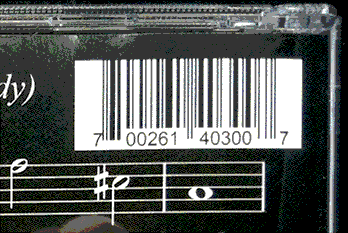
The Universal Product Code contains the Mark of the Beast—666—from The New Testament, The Revelation, Chapter 13, paragraph 18. The three unidentified guard bars at the beginning, middle, and end of the barcode, each stand for a “six”, highlighted in the image above.
The UPC was invented by George Joseph Laurer. In the 80s, controversy arose when Christians and other conspiratorially-minded folk realized which number was lurking on every product in America. George has this to say in response:
There is nothing sinister about this nor does it have anything to do with the Bible’s “mark of the beast”. It is simply a coincidence like the fact that my first, middle, and last name all have 6 letters. There is no connection with an international money code either.
Ain’t that just something a cheeky Satanist would say? All things are numbered, of course, and it just so happens the inventor of the Satanic barcode has a coincidentally Satanic name in an industry that is openly Satanic.
So, now you know the weighty moral decision that Los Doggies went through in the printing of their new album: e’rebody. To mark with the beast and be brought into the Illuminati fold, or to forsake the Devil and not take advantage of universal digital distribution? Hmm, decisions…
Next thing you know, Los Doggies will be appearing on MTV2, showing off their eye of horus and monarch butterfly wings, shaking hands (Masonically) with the Queen of England, and headlining at the Bohemian Grove Opening Night.
Lawd hav mercy.
e’rebody is here
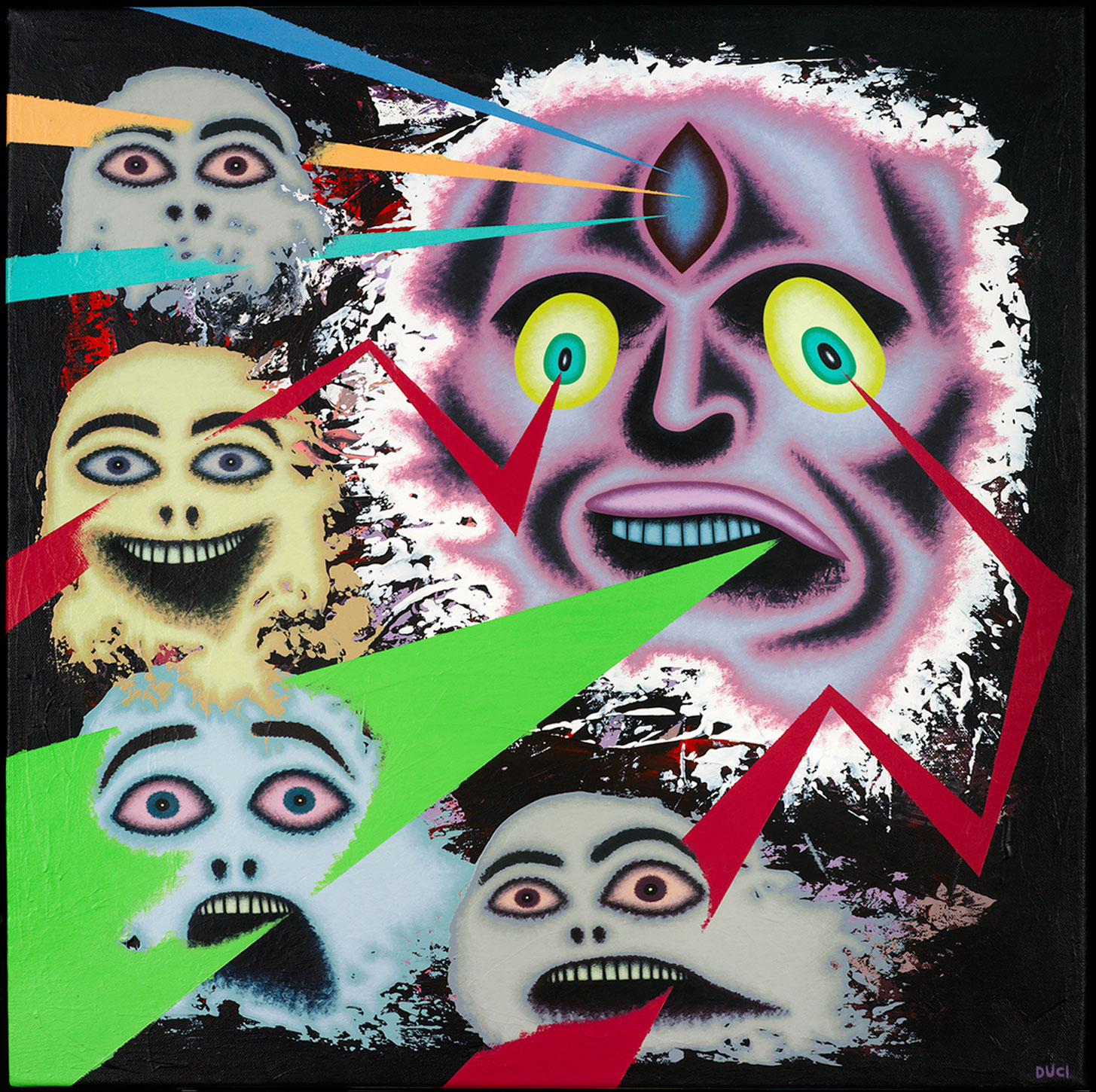
The new Los Doggies is available on Bandcamp!

It will be available everywhere else shortly.
Jeopardy Melodies

Alex & Chu, my 2 waifu…
Jeopardy! has a theme song that everyone hums while they think. It’s the thinking man’s thinking song. Even the lyrics are hmms, or if you’re feeling fancy, doos.
Jeopardy! also has some classic sounds that act upon the listener like some Pavlovian magik.
If a player runs out of time trying to answer a question or no players respond, this is played.
Half-cricket, half-car horn; this sound is an alarming triplet of C major thirds. Like all alarm sounds—the door bell, convenience ding, and vehicular horn—the consonance of the major 3rd is a throwback to the Westminster Quarters bell song. The rhythm has a feel similar to the katydid. It is the sound of failure, worse than Trebek’s dead-eyed scowl.
This sound below signals the end of the round.
Eight semiquavers are played twice with a beat of rest between them. The “B” is reminiscent of industrial sounds—the beeping of home appliances or other warnings from the power grid.
There are other styles of sound on Jeopardy! besides distress signals, such as the the tonal blong from the Final Jeopardy answer reveal.
The blong resolves quickly from an E leading tone to an F tone. The Jeopardy! Theme song is in C Major, as are many of the show’s sounds. The Final Answer shifts the tonality up to the IV, like a plagal cadence. It seems to ask a question as it jumps up a whole octave to play the nearby F.1
Speaking of Fs…
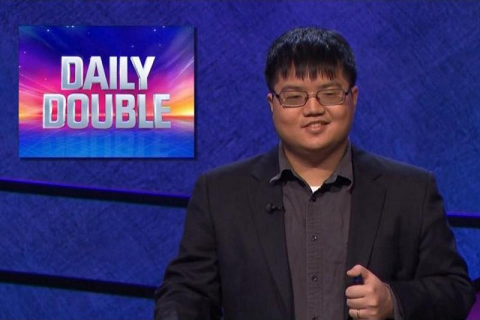
Who is my waifu? Who is Chu?
More Jeopardy! to come…
Notes:
[1]
Compare this tonality to the same idea used in Super Mario Bros. with the C Major Overworld Theme and F Kill Sound. The FM Bells and bloopy tones are also very Mario-like.
Copyright Melodies™
The world wide web is all abuzz this week with tales of high-profile plagiarism. First, actor Shira LeBoof was outed for stealing his short film from a comic book, and then he lifted an apology right off Yahoo Answers. Now, the music lawyers are at it again—accusing the sweetest most innocent boy band One Direction of plagiarizing a Def Leppard song.
Most likely, the bands’ respective publishers will have a protracted legal battle, with Mp3’s and score sheets submitted as evidence, a back-to-back listening party, and maybe even testimony from Def themselves.
The similarities between One Direction’s recent release “Midnight Memories” and Def Leppard’s 80s hit “Pour Some Sugar on Me” are numerous and obvious. They are in the same key, use the same I IV V chord progression, have the same attitude, melodies, rhythm, feel, instrumentation, and the hook is almost exact. Click on the two clips below to compare.
If Ray Parker Jr. had to pay Huey Lewis and the News for merely stealing the bassline to “I Want a New Drug” and using it in “Ghostbusters” (a superior song in every way), then surely the case of Def Leppard vs. One Direction will be settled in favor of the plaintiff.
In the old days, what One Direction did would be called “Variations on a Theme by Def Leppard” and that would be that—one composer paying tribute to another by appropriating their melodies. But any successful band is a business, and international bands like 1D are used to endless litigation. That’s why we have music lawyers in the first place—to squeeze a little more money out of our crappy music.
Epilogue:
Picasso didn’t copy, he stole. So too, Shia.
And hey, even Weird Al Einstein stole. He didn’t even footnote!
Notes:
One Direction “Midnight Memories”
Def Leppard “Pour Some Sugar on Me”
Huey Lewis and the News “I Want a New Drug”
Ray Parker Jr. “Ghostbusters”
